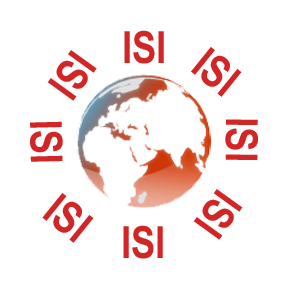Adoption of Cloud Computing in E-Learning Systems: Security Perspective Review
DOI:
https://doi.org/10.56924/tasnim.6.2023/18Keywords:
Cloud computing, E-learning, Security, LMS, ComplexityAbstract
E-learning is a term used to describe an electronic learning environment that transmits and disseminates knowledge to students all over the world through the Internet. Sharing information electronically is a component of e-learning, which is a quick and effective method of both teaching and learning. It aids in facilitating and enhancing the educational process. In this sense, cloud computing also helps because it offers an adaptable, simple-to-manage, efficient, and effective management system using the internet. Access to shared resources that are available on demand is made simpler, notably in e-learning and other similar endeavors. Additionally, there is maximum resource usage because cloud providers have the option of reusing resources once they are released by the user. With these qualities, cloud computing has become a very effective solution to use for an e-learning system. However, the primary concern affecting the acceptance and use of cloud computing is security. Because there are numerous systems being used and managed by numerous users in the e-learning system, security poses a special issue. Only a little amount of research on cloud computing use in e-learning is currently accessible. This study thoroughly analyzes the possibilities for employing cloud computing in e-learning, the difficulties encountered in doing so, and the creation of more efficient and secure e-learning based on cloud computing to address those difficulties. For this to occur, it is crucial to prioritize system security along with user privacy. To protect the system from hacker attacks both within and externally, the system developers should provide a solid and dependable infrastructure.
Downloads

Downloads
Published
How to Cite
Issue
Section
License
Copyright (c) 2023 Tasnim International Journal for Human, Social and Legal Sciences

This work is licensed under a Creative Commons Attribution-NonCommercial-NoDerivatives 4.0 International License.





